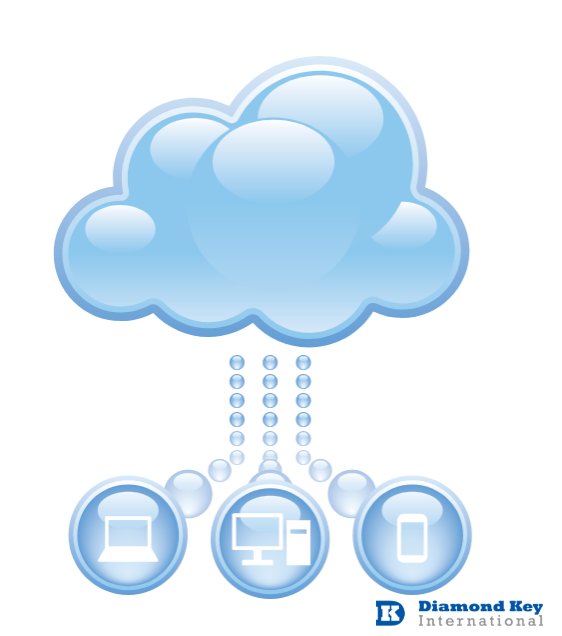The Carbon Emissions of Server Computing for Small to Medium-Sized Organizations-A Performance Study of On-Premise vs. The Cloud,1 our analysis focuses on SMOs because half of U.S. servers reside in smaller server rooms and closets, and are typically managed less efficiently than big data centers. The purpose of this paper is to summarize the report and the following findings from our study:
While cloud computing is generally more energy efficient and has a smaller carbon footprint than on-premise server rooms, not all clouds are created equal: some clouds are greener than others; and
An on-premise server room that implements energy efficiency best practices can be a greener alternative than a "brown" cloud.
Ultimately, the study revealed that various solutions exist for SMOs looking to significantly cut energy waste and emissions from both on-premise server rooms and the "cloud."
CAN CLOUD COMPUTING SAVE THE DAY?
Together, all the data centers in the United States are estimated to consume more than 75 billion kilowatt-hours of electricity annually, representing roughly 2 percent of America's total electrical energy use, and steadily growing. Small server rooms and closets are responsible for more than half of that energy consumption. NRDC estimates that in many small office-based organizations with on-premise server rooms, as much as 30 percent of their total electricity use may be directed toward powering and cooling servers running 24 hours a day even when performing little or no work.3 The energy wasted in small U.S. server rooms and closets due to poor operational practices is equivalent to the output of seven medium-sized coal-fired power plants4 and costs U.S. businesses more than $2 billion in unnecessary electricity expenses annually.
Cloud computing-the delivery of computing services over the Internet-presents an increasingly popular alternative to on-premise server rooms for SMOs. Computing resources are shared across many organizations, enabling higher efficiency and resource utilization levels, especially in large shared facilities as opposed to small private ones.
Cloud computing providers are touting the environmental benefits of their platforms. As more IT managers move or consider moving some of their IT applications to the cloud, it is becoming increasingly important to understand cloud computing's environmental impacts and whether it is always greener than on-premise computing. The new NRDC and WSP study, The Carbon Emissions of Server Computing for Small to Medium-Sized Organizations-A Performance Study of On-Premise vs.
The Cloud,5 found that running a computer application in the cloud is generally more energy and carbon efficient than running it in your server room because cloud computing can serve more customers at the same time, achieving better economies of scale than SMOs. However, the carbon footprint of cloud computing services is highly dependent on a number of important variables that were considered in our analysis:
Server utilization factor: How much of the server's total processing capacity is effectively utilized.
Electricity carbon emissions factor: The carbon footprint of the electricity used to power the data center.
Power usage Effectiveness (PuE): The efficiency of the facility housing the servers, including cooling, power distribution, and lighting
Hardware efficiency: The energy efficiency of the servers, data storage, and networking equipment used in the server room and data center.

Click the link to know more about Key factors in the relative footprint of Cloud versus On-Premise Computing, Key findings 'GREEN' Clouds and 'BROWN' Clouds and recommendations: how small and medium sized organizations can achieve higher efficiency and a smaller carbon footprint.
Link: Cloud Computing Efficiency
Link: The Carbon benefits of Cloud Computing
-1.jpg)

